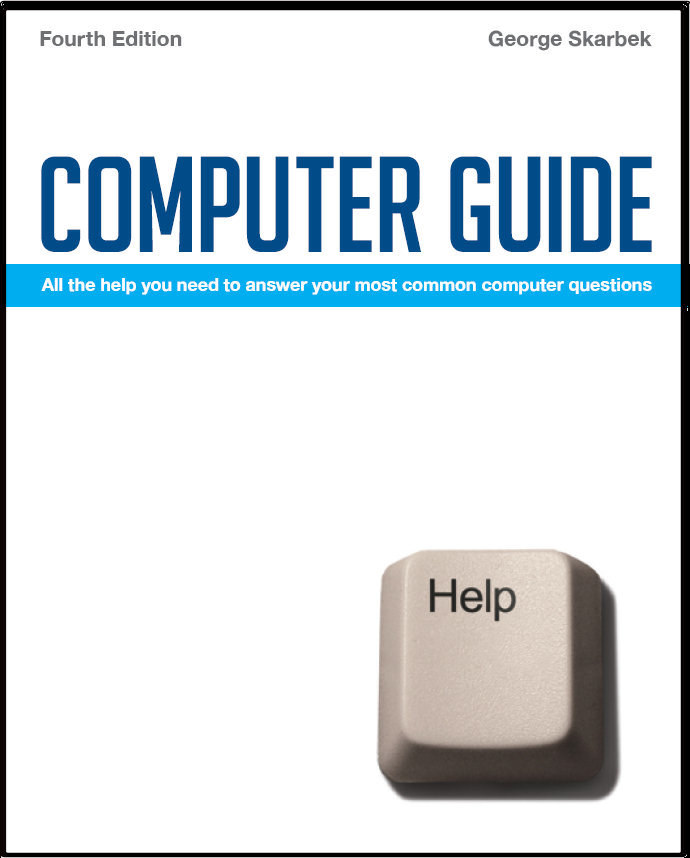

To look at the e-book in PDF format, Computer Guide, based on these columns click here
Can I boot from an XP floppy? Q: On a laptop running Windows XP I have made a start up disk for Drive A using Windows XP. The process created a config.sys and an autoexec.bat file on the 3 1/2 floppy. It boots alright but it cannot access the hard disk. Can you please tell me what I need to do to correct this? A: Virtually every laptop with Win XP will be NTFS formatted as this is more robust and has many other features and benefits. DOS cannot read any NTFS disk or partition, and so you cannot boot from a floppy and see your hard disk. You must boot from the Windows XP CD or from some other special CD that that has an operating system that can recognise the NTFS file system and large drives. Your floppy Start Up disk will have only DOS and a capacity of only 1.4MB, and you need many megabytes to load the most stripped down version of XP, ## Not ready for ReadyBoost Q: I'm having a problem with ReadyBoost on my laptop an Acer 5310 with Vista home basic. I purchased an EagleTec 4 GB USB2.0 Flash Disk ET-FDCR2U (4GB/8GB). Description: Capacity of Disk: 4GB/8GB; USB 2.0 High speed performance; Hot-swap, Plug & Play through USB 1.1 or 2.0; Driver free for Windows Vista/ 2000/ XP, Mac OS X or above; Support Windows Vista ReadyBoost. When I install it Vista comes up with details of the drive but says it is not boost ready. Is there software that will test speed of flash drive? Does the motherboard have anything to do with it? A: The specification for a ReadyBoost drive is to have a minimum transfer rate of 2.5 MB/s but for the “enhanced” ReadyBoost it is 5 MB/s for random 4K reads and 3 MB/s for random 512‑K writes. There must be a minimum of 230 MB free. I could not find the factory performance figures for your USB drive. I have used EagleTec and found that brand to be quite satisfactory. My suggestion is that you try a few different USB ports and temporarily disable the anti-virus program as this may be slowing it down. Once the drive is accepted then it will not matter if throughput slightly decreases. The software that I use to conduct timing tests is Microsoft's Timethis program that reports times to the nearest one thousands of a second. It can be downloaded from: The speed of the CPU determines the throughput, the faster the better. Microsoft claims significant improvements in performance for some cases, and faster booting, as the latency of the USB drive is about 1 ms compared to about 9 ms for the hard disk. However in my tests there was very little difference. ## Q: Because of a hearing disability I need TV subtitles which I can easily obtain through my Teletext Code 801. However I have recently purchased a Home Theatre with Microsoft Visa and when I use TV through this I am unable to access Teletext and thus subtitles. I am told by the retailer that it is impossible to get subtitles through Home Theatre. Can you please advise if there is anything I can do? A: I have not experimented with Home Theatre and Telextext as on that computer I do not have a TV card. My suggestion is that you verify that you can display the subtitles on the computer before going to the TV. If the first step works then you can try searching Google to find a solution.
|